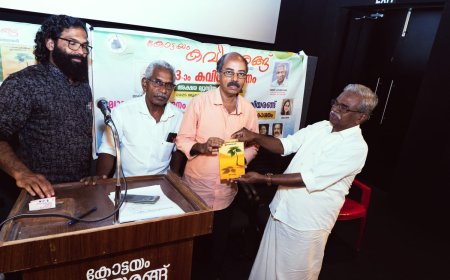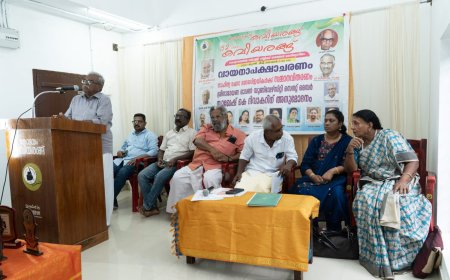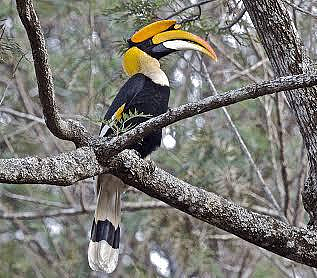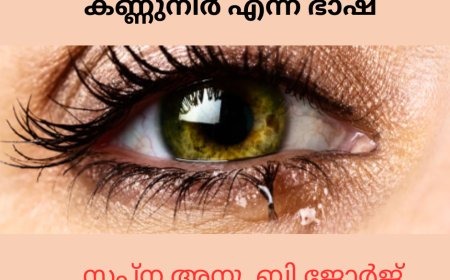Australian man dies from ‘extremely rare’ virus after bat bite
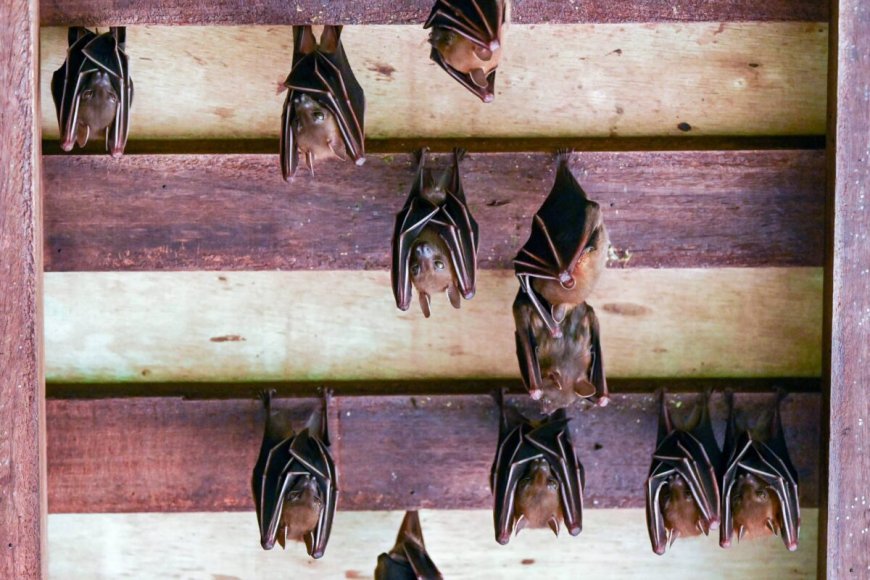
A MAN has died from an incurable and “extremely rare” rabies-like virus that he caught after being bitten by a bat.
The man, who is believed to be in his 50s, was bitten several months ago and infected with Australian bat lyssavirus – a pathogen closely related to rabies.
It is the first confirmed case of the virus in a person in New South Wales, and only the fourth human infection since lyssavirus was first identified in Australia in 1996.
While ABLV is unique to Australia, in June an injured bat rescued from a garden in the Isle of Wight tested positive for European Bat Lyssavirus.
There are two strains of this pathogen and, according to the Bat Conservation Trust, just 59 of 19,000 bats tested since 1986 have been infected in the UK. Two people have been infected in Britain since records began – once in 1902, and again 100 years later in a bat handler in Scotland.
“It is incredibly rare for the virus to transmit to humans,” Keira Glasgow, a director in health protection at New South Wales Health, said on Wednesday. “But once symptoms of lyssavirus start in people who are scratched or bitten by an infected bat, sadly there is no effective treatment.”
Symptoms of lyssavirus can take days, months or even years to emerge. Much like rabies, early signs of the disease are flu-like – including a headache, fever and fatigue. Patients can deteriorate rapidly, with paralysis, delirium, convulsions, and ultimately death.
“Rabies, the disease, is an extremely similar disease of the central nervous system to that which can develop after ABLV [Australia bat lyssavirus] infection, although the two viruses are genetically distinct,” said Dr Ian Mackay, a virologist at the University of Queensland.
“ABLV is a rare passenger of bats but when it is present, it is more often the cause of symptoms in those bats. Once symptoms develop in an infected human, disease is often fatal as there is no cure,” he told The Telegraph
However, like rabies, immediate treatment post-exposure can stop symptoms from ever developing – and because the viruses are so similar, rabies immunoglobin and rabies vaccines are used to treat lyssavirus infections.
However, Trish Paterson, a wildlife carer for more than 30 years who ran the Australian Bat Clinic and Wildlife Trauma Centre in Queensland, told ABC News that it was worrying that the man had reportedly sought treatment – though it is not clear how quickly.
“If he received treatment [directly after the bite] and still contracted the virus, that would be a little bit concerning,” she said.
In Australia, 118 people required medical assessment after they were bitten or scratched by bats last year. Public health officials this week urged anyone who came into contact with a bat to seek immediate treatment.
But it is currently not clear how widespread the virus is within the country’s bat population.
According to figures from Wildlife Health Australia as of June 2024, 420 sick bats have tested positive with lyssavirus since 2001, including 97 in New South Wales.
The disease affects a variety of bats and the prevalence in wild populations is not clear – although studies in the early 2000s suggested it was less than 1 per cent, Wildlife Health Australia said.
“We don’t know much about ABLV dynamics in bats,” Dr Alison Peel, a veterinarian and wildlife disease ecologist at the University of Sydney, wrote on the social media site BlueSky.
“But the risk to people is higher when contact is more likely – [for example] during food shortages for flying foxes, when they are more likely to search for food in backyards, or extreme heat events, when bats suffer and die in large numbers and people try to help.
“So, it’s important to ensure that we protect bat habitats and allow space for them to play their important natural roles in ecosystems, without forcing them to come into contact with humans,” she said.




